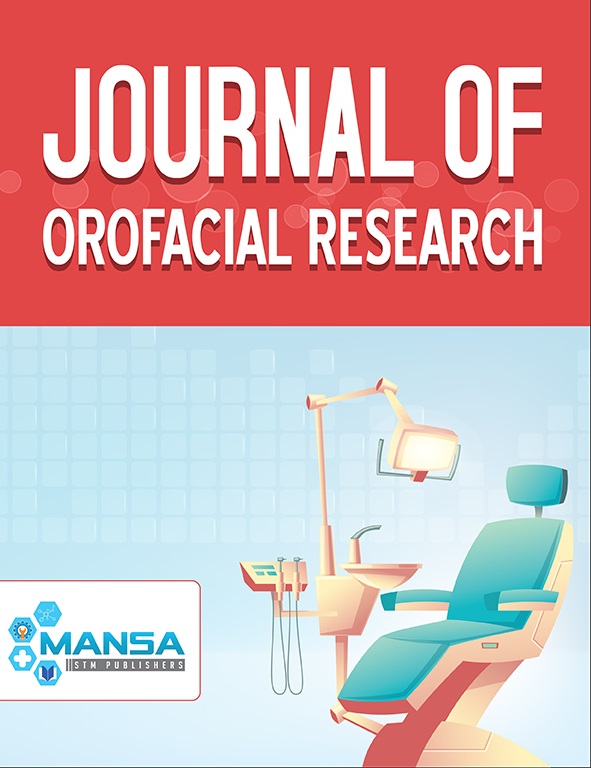Comparison Between Nanocomposites and Conventional Pit and Fissure Sealants- an in Vitro Study
Keywords:
pits and fissures, sealants, compositeAbstract
Introduction: Dental caries is one of the most common infectious oral diseases. It affects populations of all ages across the globe. By using sealants, pit and fissure caries can be prevented. Aim: This study aimed to compare the microleakage and interfacial morphology of flowable nanocomposites and conventional pit and fissure sealants. Materials and Methods: We included 60 extracted intact and caries-free permanent mandibular third molars. According to the material used for pit and fissure sealants, the teeth were randomly divided into 3 groups. Each group comprised of 20 teeth. Group I: Unfilled resin-based pits and fissure sealants, Group II: Unfilled resin-based pit and fissure sealants with bond, and Group III: Nano flowable composite resin with bond. Results: The results showed that nano flowable composite was significantly better than the conventional sealant groups (p = 0.000). With sealants in group I and II, there were gaps between the sealants and the tooth surfaces, while with the nano flowable composite in group III, there was close contact. Conclusion: Nano flowable composites performed significantly better and offered promising results than conventional sealants with better microleakage and interfacial morphology than conventional pits and fissure sealants.
Downloads
Downloads
Published
Issue
Section
License
Copyright (c) 2022 Osama Shafik

This work is licensed under a Creative Commons Attribution-NonCommercial-NoDerivatives 4.0 International License.

